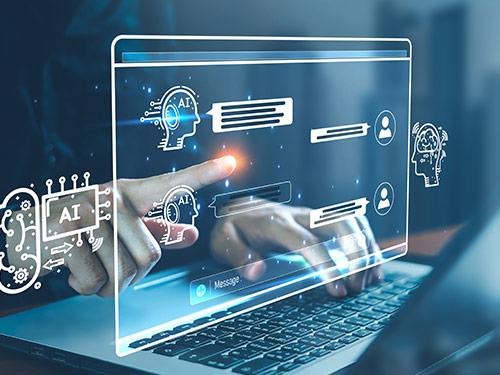Look for increased use of artificial intelligence, across a variety of use cases, to improve employee experience.
With the pandemic, employee experience has had its watershed moment. Enterprise organizations have realized the strategic imperative, and “employee experience” is part of post-pandemic business lexicon. So where do we go from here?
One of the areas I’ll be watching closely in 2023 is incorporation of artificial intelligence (AI) into employee experience. As enterprises continue their efforts to optimize employee experience, AI will inevitably play an increasingly important role. Consider this quote regarding the use of AI for content and knowledge management, from Metrigy’s global Employee Experience & Workplace Engagement 2022-23 research study:
“Incorporating AI in the delivery of knowledge will facilitate fast, efficient, and accurate decision making. AI provides the capabilities to expand, use, and create knowledge in ways we have not yet imagined.”
One way AI comes into play for content and knowledge management is in the use of intelligent digital assistants and machine learning. We’ve seen companies embrace digital assistants and self-service knowledge bases as part of the customer experience, and the same benefit applies to employee experience. With the help of a digital assistant, for example, employees can more directly get to the medical co-pay answers or information they need, when they need it, rather than having to navigate through a multilayered benefits portal. Digital assistants can guide employees to complete tasks more efficiently and make better-informed decisions.
Perhaps in a sign of similar AI activity to come in 2023, LumApps closed out 2022 with a commitment to incorporate conversational AI technology more fully in its employee experience platform. Toward that end, LumApps acquired AI company Vizir, which makes digital assistant technology that uses natural language understanding. Vizir is a no-code tool, so business leaders in non-technical areas like HR or corporate communications should be able to create digital assistants to help with department-specific workflows like recruitment, onboarding, employee engagement, and so on-rather than having to allot budget for internal or external development and wait in line for developer resources.
Continue reading at WorkSpace Connect





